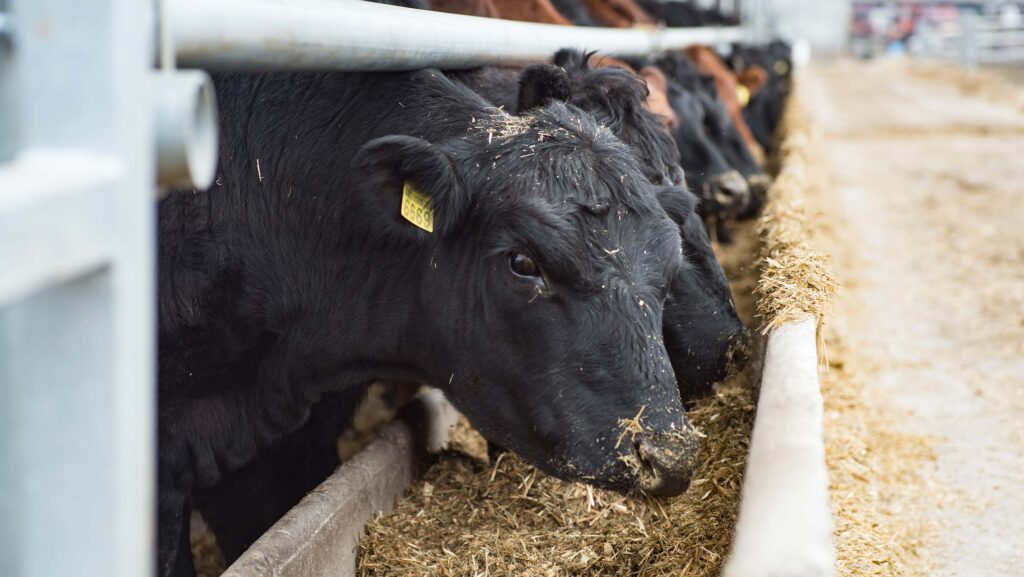Firm finished beef prices means contracts need scrutiny
 © Adobe Stock
© Adobe Stock Phenomenal finished beef prices have put farmers in a favourable position when marketing their cattle and negotiating integrated supply contracts.
Farmers Weekly has heard that large loads of Aberdeen Angus cattle have been fetching bids of 560p/kg deadweight for premium retail outlets.
Meanwhile, the bulk of base prices for standard commercial cattle has been tracking around the 535p/kg deadweight mark for R4L steers.
See also: Find all our market prices in one place
Finishers say this points to desperate processors scrambling to secure supplies. They suggest those considering integrated dairy beef schemes should do the maths carefully.
One producer said: “Those looking at integrated beef contracts must be conservative with weight gains and consider overheads carefully when budgeting. A difference of 0.2kg daily liveweight gain can make a big difference to the bottom line.”
Tight processor margins
However, one industry source voiced concern at the viability of abattoirs suffering with tight margins, higher national insurance (NI) contributions, and closure days due to a lack of critical supply.
They hoped consumers could stomach a rise in retail prices to share pressure across the supply chain.
The British Meat Processors Association (BMPA) has estimated that the combination of enhanced employers’ NI contributions and the hike in minimum wages will hit processors hard.
“If we apply the recent Institute for Fiscal Studies projection of £900 extra NI contribution per employee, on an average wage of £33,000, the meat industry alone would have to absorb or pass on an extra £90m per year from average margins of 2-4%,” said a BMPA spokesman.
“What’s becoming apparent is that, as all companies in the food supply chain are affected and need to increase their prices to customers, so price rises will be magnified the further up the chain you go.”
Farmers, however, fear that, given the dominance of supermarkets, this cost pressure could be passed back down to farm level.
Signs of tight supply
Several factors point to tight supplies going into the key Christmas buying period of late-November, including:
- Irish slaughter is in line with last year (39,969-head killed in the first week of November), but is tipped to “notably tighten” in the final quarter of the year.
- UK prime cattle slaughter estimates from the AHDB have been back on the year for the past two full weeks. Last week they slumped to 33,929 after a period in October and November of being up on the year
- EU beef production is back 4.2% on the year (data to September) and 11% dearer
- Irish weanling and store cattle exports are 57% and 65% higher than 2023 levels (Bord Bia)
- Trade with Spain, Italy, Greece, and central and eastern Europe is growing.
